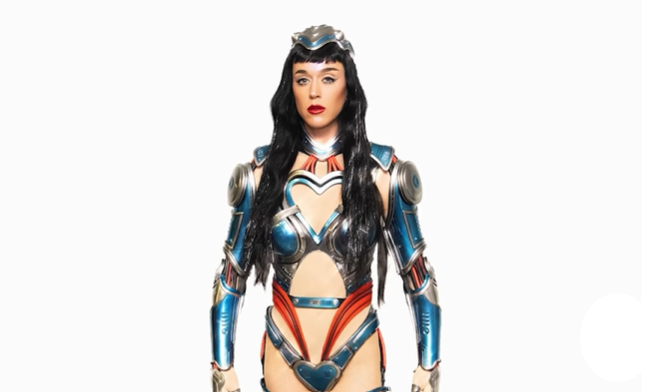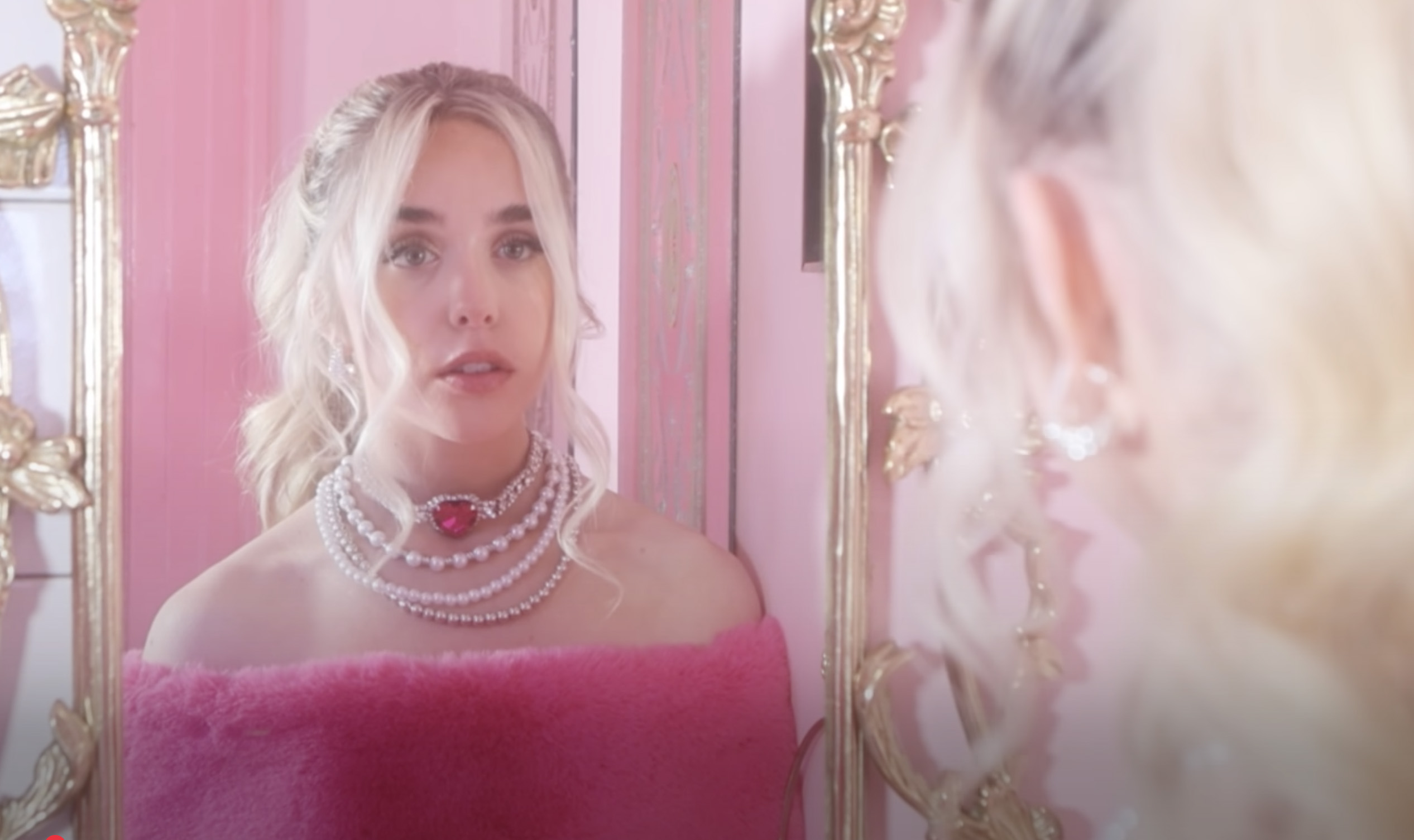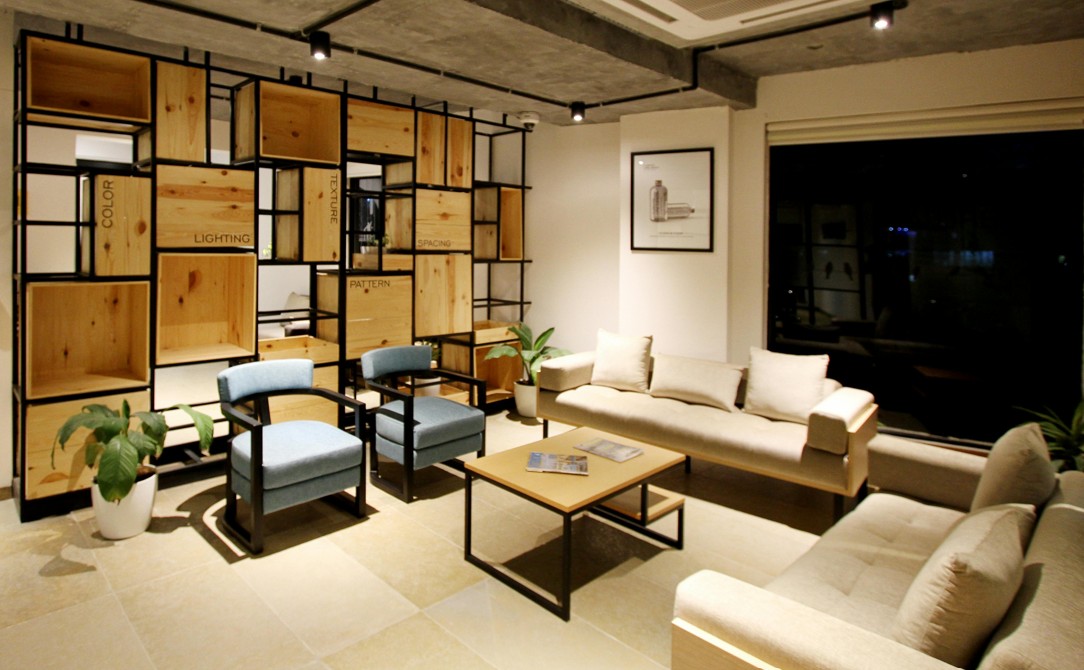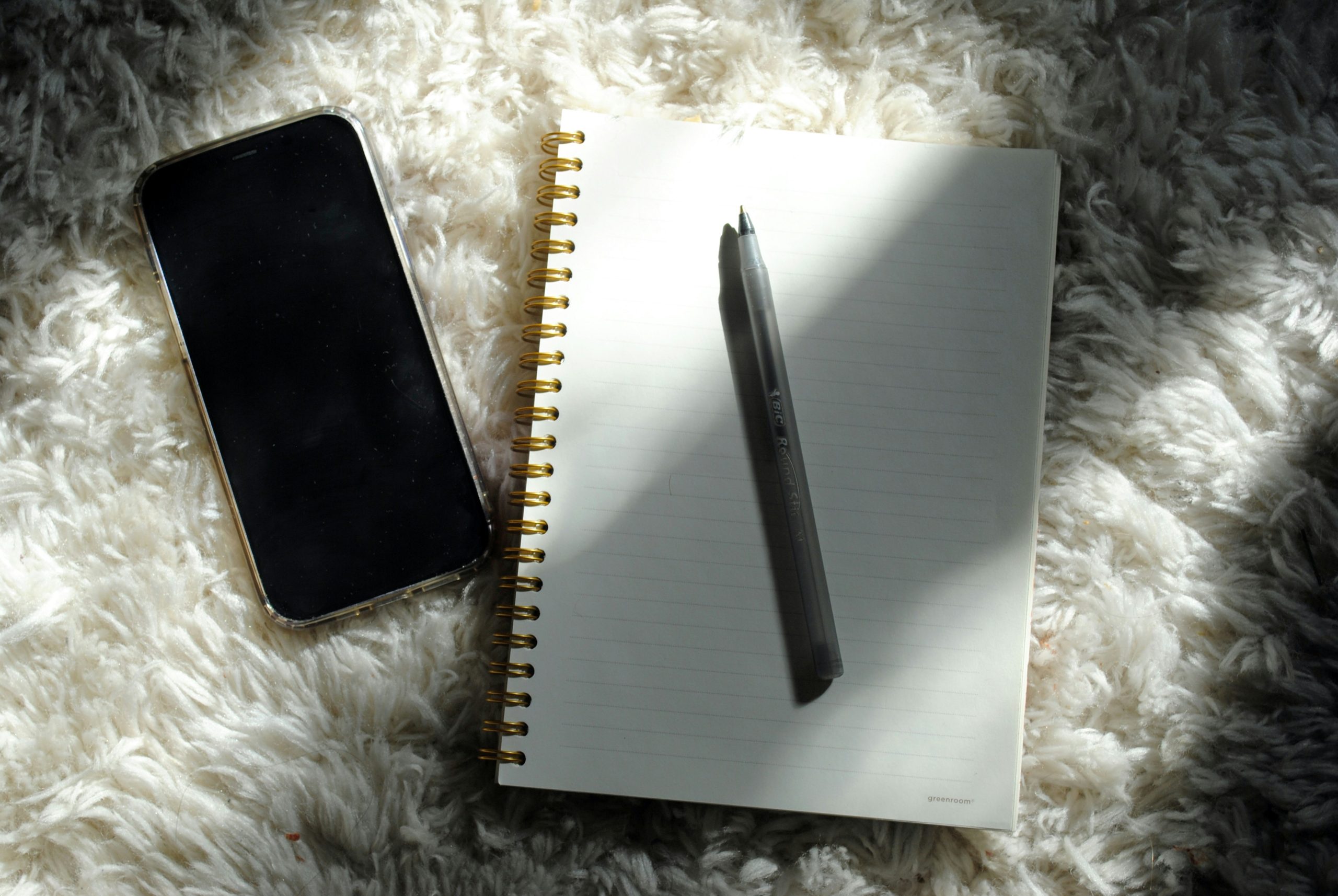CULTURE
The Adut Akech “Mistake”: Systemic Racism in the Modeling Industry
26 Aug, 19
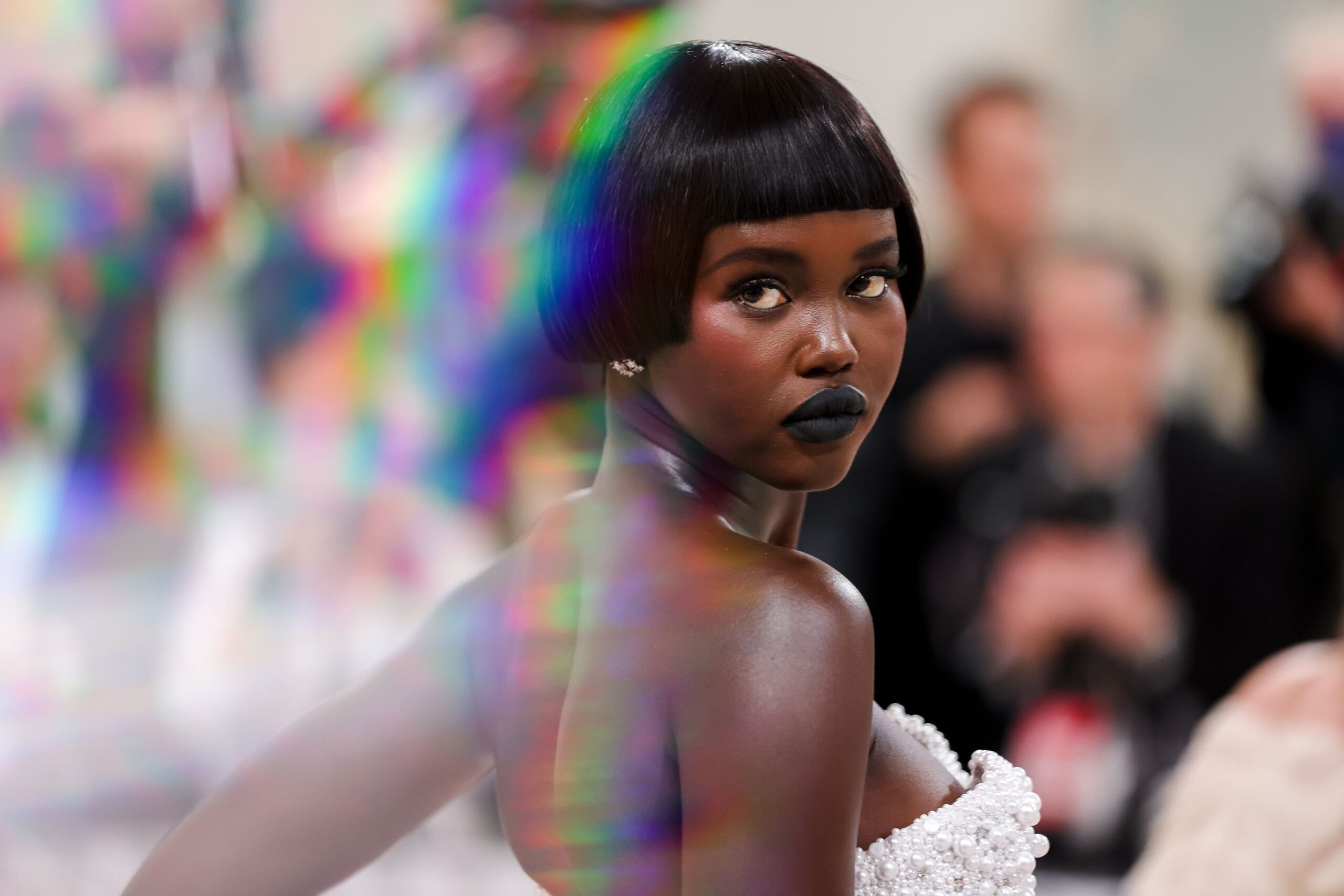
Adut Akech at the Met Ball 2023
Photo by Carl Timpone/BFA.com/Shutterstock
“I feel as though this would not have happened to a white model,” said Adut Akech.
The supermodel, who has appeared on the covers of Vogue UK and I-D Magazine, and who was voted Model of the Year on Models.com in 2018, was referring to her recent feature in the Australian publication Who Magazine. The publication featured an entire interview with Akech but matched it with a photo of an entirely different model.
In response, Akech posted a long Instagram caption that detailed her feelings about the incident. She also discussed prior experiences with being mistaken for other black models, calling for a larger conversation about the issue of race in the modeling industry.
Akech’s statement was met with vitriol from the Internet’s bottom-dwellers—namely, the comment sections on Twitter and Instagram—many of whom argued that this does happen with white models, and stated that Akech’s comments were an overreaction and an unmerited use of the “race card.”
As is typical, these commenters are missing the point. Akech’s comments touch on a phenomenon that is much larger than this specific incident—a phenomenon that includes, but is not limited to, the media’s tokenism of people of color and its overarching diversity problems.
The Science of Systemic Racism: “I Don’t See Color” and Other Falsehoods
To these commenters’ credit, members of specific races often group members of other races together, and not always because of conscious biases.
According to The New York Times, these kinds of mistakes are usually made by people who have not been exposed to many members of other races. Minority groups tend to be more able to recognize white faces simply because they’re exposed to more white people in the media, whereas white people—especially when they’re raised in homogeneous communities—can struggle to make distinctions, even when they’re aware of their potential biases.
This is not to excuse racially based confusion, for these mistakes can have devastating consequences. They can result in unpleasant mishaps like the one that matched Akech’s interview with a different model—or they can lead to false arrests and incorrect eyewitness testimonies that land innocent people in jail, or scapegoat minorities for problems they had nothing to do with.
This is why statements like “I don’t see color” are so misguided. To not see color is to not see the entire history of racial construction in the globalized world or the ways that historical marginalization is still very present today.
Tokenism, Wokeness, and the Hypocrisy of the Modeling Industry
Even though “woke” culture has pressed magazines and the modeling industry to include more diverse bodies and demographics, not all representation is good representation. Too often, models of color have been pigeonholed into “exotic,” “tribal,” or otherwise stereotypical categories; and too often, they’ve been selected, styled, and choreographed by people who don’t understand their specific experiences.
Adut Akech has faced fallout from this before. In 2014, the 19-year-old Sudanese model—who lived the first eight years of her life in a refugee camp in Kenya—confessed that she’d been bullied because of her appearance in the past, and she’d suffered from anxiety and depression during her time in the modeling industry.
She also mentioned that she’d struggled with stylists who weren’t equipped to deal with her hair. “Last season, I let [hairstylists] do what they wanted to do, and my hair got so heat-damaged. This season I didn’t let anyone touch my hair with heat, and a lot of people were offended, but if a model is not feeling OK, they should understand,” she said. Though damaged hair isn’t exactly a tragedy, the fact that she wasn’t paired with people who knew how to work with her hair type is indicative of a larger current of disrespect and ignorance in the industry.
Then there’s the fact that she’s often compared to and confused with other black women. While some white models and celebrities have been mistaken for each other, that’s relatively rare. (In some ways, this is surprising—have you seen Isla Fischer and Amy Adams?) On the other hand, many models and public figures of color have experienced this phenomenon. After seeing Akech’s post, the Sudanese-American model Duckie Thot commented, “This has happened to me too with another Australian paper… it’s really disrespectful and sad. I hope you’re okay.”
Things like this could be avoided either by mandating diversity trainings, or—ideally—by putting more people of color into influential positions. In 2018, the model Leomie Anderson called for more black makeup artists who are qualified to work on all skin tones, citing the fact that many white artists are only trained to work on white skin. This call could apply to all sectors of the industry, which has notoriously white-washed its runways.
In 2019, the modeling industry appears to be making strides in its diversity quotas, but this doesn’t mean anything if this representation doesn’t extend into the outer and upper echelons of the industry, from the backstage dressing rooms to the C suite offices.
These ideas stretch far beyond the modeling sphere. For a long time, mainstream movies and TV shows have been beleaguered by Eurocentrism and tired “black best friend” tropes, and even as they’ve become more diverse, this doesn’t mean that they’re automatically doing positive work. Just like media that features female characters but exclusively objectifies them doesn’t help women, media that stereotypes people of color—or, say, put their interviews next to the wrong photos—is moving backwards, not forwards.
Of course, this phenomenon is not reserved for the media. Though colleges across America have pushed for more diverse student bodies, their admissions selection committees are still overwhelmingly white, as are their professors—which can leave students feeling like they’ve been pulled into universities that were never designed for them. It’s also present in the workplace, in activist organizations, and almost every kind of white-dominated space.
A Systemic Issue: White Fragility, Racism, and Moving Forward
These phenomenons are all connected to one pervasive force: Systemic racism. This force exists in a subconscious and structural level and is largely responsible for upholding racial hierarchies. It’s the reason why white people benefit from simply being white. It’s the reason why black drivers are 30% more likely to be pulled over than white drivers, or why black families have far less access to tax-advantaged forms of savings (largely due to a history of employment discrimination), or why the median wealth of African American households is around one tenth of the median wealth of white families.
As Robin DiAngelo writes in her book White Fragility, “The most effective adaption of racism over time is the idea that racism is conscious bias held by mean people.” Instead of reacting vindictively when called out on their racism, white people have to “build our stamina to just be humble and bear witness to the pain we have caused,” she adds. “Until white people understand that racism is embedded in everything, including our consciousness and socialisation, then we cannot go forward.”
Actually, part of the way this form of racism sustains itself is by perpetuating the idea that racial integration or race itself is unimportant. It implies that additional recognition and care does not need to be paid to addressing racial disparities, and erases the narratives of people of color in the process.
All this is to say that yes, maybe the fact that an image of Flavia Lazarus was used in a story about Adut Akech was a genuine “misprint,” as the magazine wrote. And maybe this particular incident wouldn’t have been so bad if only Akech’s name had been placed next to a different model. But the fact that this incorrect photo occupied a full-page spread, and accompanied an interview which Akech discussed her feelings about and experiences with race and representation, adds insult to injury, and is indicative of much larger problems.
At this point, the magazine should offer a public apology. Even better, they should diversify their staff instead of performing lazy, surface-level inclusion that signifies much deeper issues.
- Adut Akech – Cover Media – Leading provider of Entertainment … ›
- ‘I Feel Like I Am Part of a Great Moment’ – The New York Times ›
- Who is Adut Akech? 19-year-old beats Gigi Hadid to win coveted … ›
- David Jones slammed for its response to model race row ›
- Adut Akech blasts Who magazine race error involving Flavia Lazarus ›
- Adut Akech experienced racism and bullying at high school – Cover … ›
- Melbourne Fashion Week: Adut Akech talks racism, Meghan Markle … ›
- Adut Akech ›
- Supermodel Adut Akech hits out at racism after Who magazine … ›
- Adut Akech: Supermodel slams Who Magazine for wrong photo on … ›

